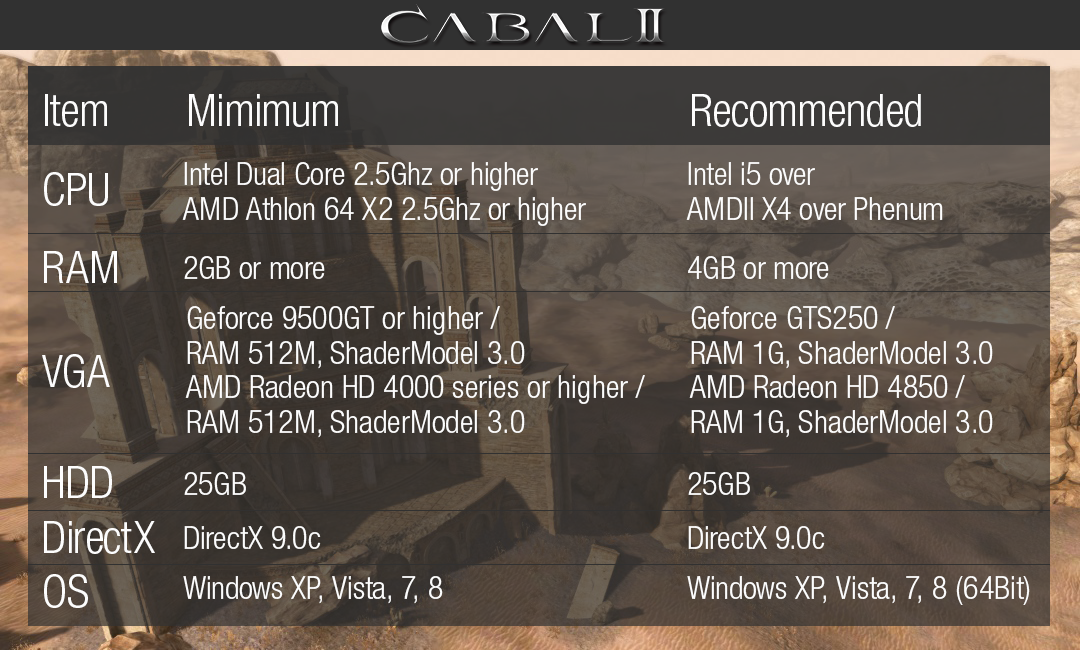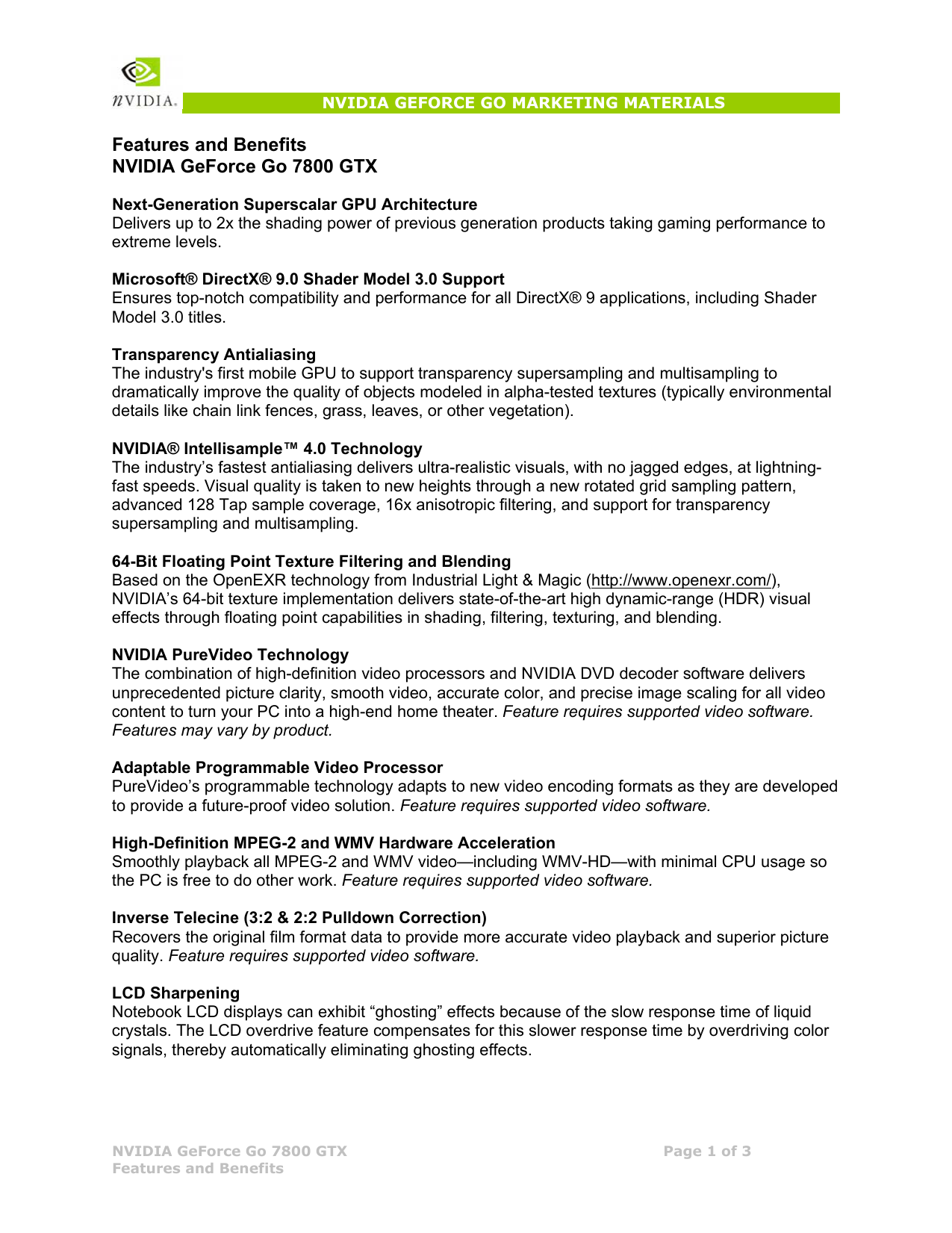Directx 9 0 Shader Model 3 0

To create an image on the screen, the CPU provides the necessary information of the objects: coordinates, color and alpha channel values, textures etc. From these data the Graphical Processing Unit (GPU) calculates the image through complex operations. The exact architecture may vary by manufacturers and by GPU families as well, but the general ideas are the same. The DirectX 10 pipeline stages to produce an image are:
Directx 9.0 Shader Model 3.0 Download
- Shader Model 3 added additional capabilities to shader model 2. Feature: Capability: Instruction Set: HLSL functions; Assembly instructions (see ps30 Instructions, Instructions - vs30); Register Set.
- The Dynamic Shader Linkage 11 sample demonstrates use of Shader Model 5 shader interfaces and Direct3D 11 support for linking shader interface methods at runtime. The HDRToneMappingCS11 sample demonstrates how to setup and run the Compute Shader(CS for short later on), which is one of the most exciting new features of Direct3D 11.
Shader Model 3.0 Download Free

- Input-Assembler Stage - Gets the input data (the vertex information) of the virtual world.
- Vertex-Shader Stage - Transforms the vertices to camera-space, lighting calculations, optimizations etc.
- Geometry-Shader Stage - For limited transformation of the vertex-geometry.
- Stream-Output Stage - Makes for Executed Instructions means '32 texture instructions and 64 arithmetic instructions.'
Vertex shader comparisonVS_2_0 VS_2_a VS_3_0 VS_4_0 # of instruction slots 256 256 ≥ 512 4096 Max # of instructions executed 65536 65536 65536 65536 Instruction Predication No Yes Yes Yes Temp Registers 12 13 32 4096 # constant registers ≥ 256 ≥ 256 ≥ 256 16x4096 Static Flow Control Yes Yes Yes Yes Dynamic Flow Control No Yes Yes Yes Dynamic Flow Control Depth No 24 24 Yes Vertex Texture Fetch No No Yes Yes # of texture samplers N/A N/A 4 128 Geometry instancing support No No Yes Yes Bitwise Operators No No No Yes Native Integers No No No Yes VS_2_0 = DirectX 9.0 original Shader Model 2 specification.
VS_2_a = NVIDIA GeForce FX-optimized model.
VS_3_0 = Shader Model 3.
VS_4_0 = Shader Model 4.The source of the comparison tables is Wikipedia.
Intrinsic Functions (DirectX HLSL) (Source: MSDN)The following table lists the intrinsic functions available in HLSL. Each function has a brief description, and a link to a reference page that has more detail about the input argument and return type.
Name Syntax Description abs abs(x) Absolute value (per component). acos acos(x) Returns the arccosine of each component of x. all all(x) Test if all components of x are nonzero. any any(x) Test if any component of x is nonzero. asdouble asdouble(x) Convert the input type to a double. asfloat asfloat(x) Convert the input type to a float. asin asin(x) Returns the arcsine of each component of x. asint asint(x) Convert the input type to an integer. asuint asuint(x) Convert the input type to an unsigned integer. atan atan(x) Returns the arctangent of x. atan2 atan2(y, x) Returns the arctangent of of two values (x,y). ceil ceil(x) Returns the smallest integer which is greater than or equal to x. clamp clamp(x, min, max) Clamps x to the range [min, max]. clip clip(x) Discards the current pixel, if any component of x is less than zero. cos cos(x) Returns the cosine of x. cosh cosh(x) Returns the hyperbolic cosine of x. cross cross(x, y) Returns the cross product of two 3D vectors. D3DCOLORtoUBYTE4 D3DCOLORtoUBYTE4(x) Swizzles and scales components of the 4D vector x to compensate for the lack of UBYTE4 support in some hardware. ddx ddx(x) Returns the partial derivative of x with respect to the screen-space x-coordinate. ddy ddy(x) Returns the partial derivative of x with respect to the screen-space y-coordinate. degrees degrees(x) Converts x from radians to degrees. determinant determinant(m) Returns the determinant of the square matrix m. distance distance(x, y) Returns the distance between two points. dot dot(x, y) Returns the dot product of two vectors. exp exp(x) Returns the base-e exponent. exp2 exp2(x) Base 2 exponent (per component). faceforward faceforward(n, i, ng) Returns -n * sign(•(i, ng)). floor floor(x) Returns the greatest integer which is less than or equal to x. fmod fmod(x, y) Returns the floating point remainder of x/y. frac frac(x) Returns the fractional part of x. frexp frexp(x, exp) Returns the mantissa and exponent of x. fwidth fwidth(x) Returns abs(ddx(x)) + abs(ddy(x)) GetRenderTargetSampleCount GetRenderTargetSampleCount() Returns the number of render-target samples. GetRenderTargetSamplePosition GetRenderTargetSamplePosition(x) Returns a sample position (x,y) for a given sample index. isfinite isfinite(x) Returns true if x is finite, false otherwise. isinf isinf(x) Returns true if x is +INF or -INF, false otherwise. isnan isnan(x) Returns true if x is NAN or QNAN, false otherwise. ldexp ldexp(x, exp) Returns x * 2exp length length(v) Returns the length of the vector v. lerp lerp(x, y, s) Returns x + s(y - x). lit lit(n • l, n • h, m) Returns a lighting vector (ambient, diffuse, specular, 1) log log(x) Returns the base-e logarithm of x. log10 log10(x) Returns the base-10 logarithm of x. log2 log2(x) Returns the base-2 logarithm of x. max max(x, y) Selects the greater of x and y. min min(x, y) Selects the lesser of x and y. modf modf(x, out ip) Splits the value x into fractional and integer parts. mul mul(x, y) Performs matrix multiplication using x and y. noise noise(x) Generates a random value using the Perlin-noise algorithm. normalize normalize(x) Returns a normalized vector. pow pow(x, y) Returns xy. radians radians(x) Converts x from degrees to radians. reflect reflect(i, n) Returns a reflection vector. refract refract(i, n, R) Returns the refraction vector. round round(x) Rounds x to the nearest integer rsqrt rsqrt(x) Returns 1 / sqrt(x) saturate saturate(x) Clamps x to the range [0, 1] sign sign(x) Computes the sign of x. sin sin(x) Returns the sine of x sincos sincos(x, out s, out c) Returns the sine and cosine of x. sinh sinh(x) Returns the hyperbolic sine of x smoothstep smoothstep(min, max, x) Returns a smooth Hermite interpolation between 0 and 1. sqrt sqrt(x) Square root (per component) step step(a, x) Returns (x >= a) ? 1 : 0 tan tan(x) Returns the tangent of x tanh tanh(x) Returns the hyperbolic tangent of x tex1D tex1D(s, t) 1D texture lookup. tex1Dbias tex1Dbias(s, t) 1D texture lookup with bias. tex1Dgrad tex1Dgrad(s, t, ddx, ddy) 1D texture lookup with a gradient. tex1Dlod tex1Dlod(s, t) 1D texture lookup with LOD. tex1Dproj tex1Dproj(s, t) 1D texture lookup with projective divide. tex2D tex2D(s, t) 2D texture lookup. tex2Dbias tex2Dbias(s, t) 2D texture lookup with bias. tex2Dgrad tex2Dgrad(s, t, ddx, ddy) 2D texture lookup with a gradient. tex2Dlod tex2Dlod(s, t) 2D texture lookup with LOD. tex2Dproj tex2Dproj(s, t) 2D texture lookup with projective divide. tex3D tex3D(s, t) 3D texture lookup. tex3Dbias tex3Dbias(s, t) 3D texture lookup with bias. tex3Dgrad tex3Dgrad(s, t, ddx, ddy) 3D texture lookup with a gradient. tex3Dlod tex3Dlod(s, t) 3D texture lookup with LOD. tex3Dproj tex3Dproj(s, t) 3D texture lookup with projective divide. texCUBE texCUBE(s, t) Cube texture lookup. texCUBEbias texCUBEbias(s, t) Cube texture lookup with bias. texCUBEgrad texCUBEgrad(s, t, ddx, ddy) Cube texture lookup with a gradient. texCUBElod tex3Dlod(s, t) Cube texture lookup with LOD. texCUBEproj texCUBEproj(s, t) Cube texture lookup with projective divide. transpose transpose(m) Returns the transpose of the matrix m. trunc trunc(x) Truncates floating-point value(s) to integer value(s) Links:
1. Uni Düsseldorf - Geometry Shaders - full source reference2. Craig Peeper, Jason L. Mitchell: Introduction to the DirectX® 9 High Level Shading Language4. HLSL Introduction6. Bryan Dudash: Next Generation Shading and Rendering7. James C. Leiterman: Learn Vertex and Pixel Shader Programming with DirectX® 98. Ron Fosner: Real-Time Shader Programming (Morgan Kaufmann Publishers © 2003)

DirectX and Shader Model Requirements for Games on Steam Pixel Shading is a method used for rendering advanced graphical features such as bump mapping and shadows. Most modern PC games utilize pixel shaders in conjunction with advanced GPUs (Graphics Processing Units) found on most Nvidia, AMD and certain Intel video cards. To download DlRECTX 9 0 SHADER Design 3 0, click on on the Download key Directx 9 0 shader model 3 0 - our This can make it challenging to figure out if your program can handle a certain shader model or not really. The DirectX 9 SDK can be also accessible for download from this site make use of the lookup function.